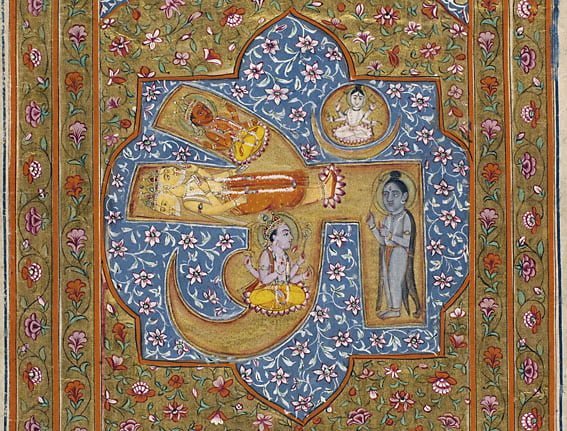Who are Vishnu Shiva Brahma
Hinduism is one of the oldest religions in the world. Among the many deities in the Hindu pantheon, three of the most important are Brahma, Vishnu, and Shiva. Together, they form the Hindu Trinity or Trimurti, which represents the cosmic functions of creation, preservation, and destruction. In this article, we will explore the three faces of Hinduism’s divine trio and unveil the mysteries of Vishnu, Shiva, and Brahma.
Exploring the Three Faces of Hinduism’s Divine Trio
The Hindu Trinity represents the three fundamental forces of the universe – creation, preservation, and destruction. Brahma is the creator, Vishnu is the preserver, and Shiva is the destroyer. Together, they form an inseparable unity, and their roles are interdependent. Each of them has unique characteristics and a distinct appearance.
Brahma is the creator of the universe. He is depicted as a four-faced god, each head representing the four Vedas. Brahma is usually shown sitting on a lotus, holding a rosary, a water pot, and a book. However, Brahma is not worshipped as much as Vishnu or Shiva, as his work is considered to be done once he creates the universe.
Vishnu is the preserver of the universe. He is often depicted as having blue skin and four arms holding a discus, a conch, a lotus, and a mace. Vishnu is believed to have incarnated on earth in different forms, known as avatars, to preserve the universe and restore order. His most popular avatars include Rama and Krishna.
Shiva is the destroyer of the universe. He is depicted as a yogi with matted hair, a crescent moon on his forehead, and a trident in his hand. Shiva is often associated with asceticism, meditation, and the renunciation of worldly attachments. He is also considered the patron saint of dancers, musicians, and poets.
The Hindu Trinity is often depicted in temples and artwork, with each of the three gods occupying a different level or position. The topmost level is reserved for Brahma, the creator, followed by Vishnu, the preserver, in the middle, and Shiva, the destroyer, at the bottom.
Unveiling the Mysteries of Vishnu, Shiva, and Brahma
The Hindu Trinity is a complex and multifaceted concept that has fascinated scholars and devotees for centuries. Each of the three gods has a rich mythology and a plethora of stories and legends associated with them.
One of the most popular stories of Vishnu is the Mahabharata, which recounts the epic battle between the Pandavas and the Kauravas. In this story, Vishnu takes the form of the warrior Arjuna’s charioteer, guiding him through the battle and imparting wisdom.
Shiva has a rich mythology that includes his marriage to the goddess Parvati, his role as the destroyer of evil, and his association with the sacred river Ganges. Shiva is also worshipped in several forms, including Nataraja, the cosmic dancer, and Ardhanarishvara, the androgynous deity.
Brahma, on the other hand, has a more limited mythology, as he is not as widely worshipped as Vishnu or Shiva. However, there are still several stories associated with him, including his creation of the world, his relationship with his consort Saraswati, and his feud with Shiva.
The Hindu Trinity is not just a religious concept but also a philosophical one. The three gods represent the cycle of birth, life, and death, and the interconnectedness of all things in the universe. They remind us that nothing in this world is permanent and that change is the only constant.
In conclusion, the Hindu Trinity of Brahma, Vishnu, and Shiva represents the fundamental forces of creation, preservation, and destruction. Each of the three gods has a unique appearance and mythology, and together they form an inseparable unity. The Hindu Trinity is not just a religious concept but also a philosophical one that has inspired generations of scholars and devotees.

